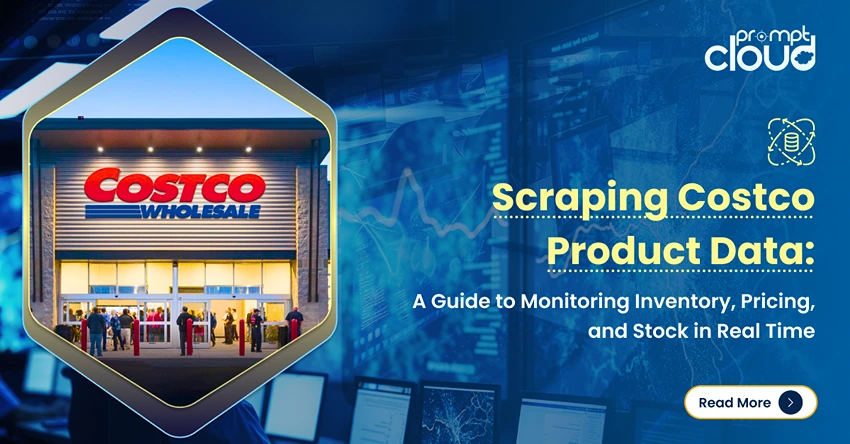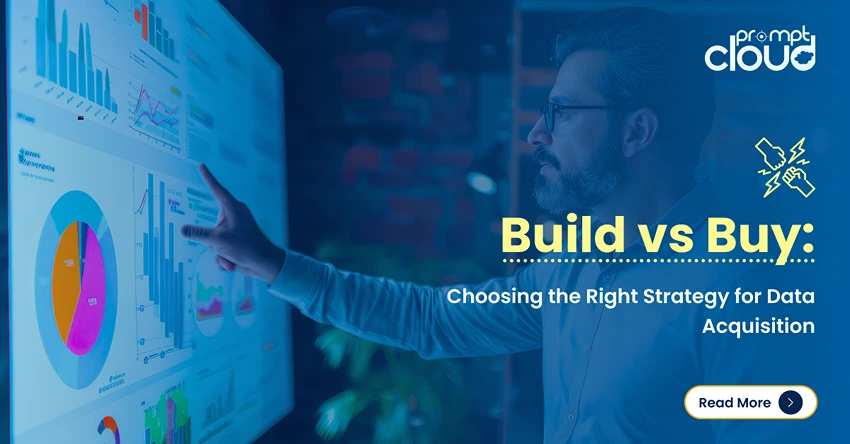Digital data is what digital data does. No, really. If it were to manifest itself in more tangible forms, we’d actually be in for a pretty rude shock. It is absolutely destroyed and rebuilding itself every day. Literally. Hyper-acceleration is the only word that can somewhat describe the pace at which our digital world is changing. If it were something physical, imagine a new flyover being built to link continents every hour. And it is a self-sustaining model. The more you consume data online, the more digital footprint you leave. Which is somebody else’s data points. Let’s have a close look at applications of big data in media industry.
Almost as much as 98 per cent of all data is digital and not in physical forms. There is barely anything that hasn’t been touched by digital forms. So it isn’t a surprise when corporate media has also turned to big data to cash in on the many benefits of big data.
Who All Are Using It? How Rampant is the Use of Data in Media Outlets?
In accordance with the MIT Technology Review, the biggest daily newsletter in the US of A, The New York Times, hired a renowned mathematician Chris Wiggins. As a chief data scientist, his KRA would include using regression models and predictive analysis to track the online subscription of the daily and to track online data activity to the site and determine what kind of articles work the most. Big data in media industry is of prime importance.
The New York Times is, in fact, not the only media portal to have harnessed the wonders of big data to uptake digital news consumption. The Guardian, BuzzFeed, Huffington Post (to name a few) have all been using big data to draw insights to enhance user experience and boost advertising space to content drivers.
Even in the infotainment (information + entertainment) industry, the biggest players such as Netflix, Amazon, Hulu, and Disney, have majorly been leveraging big data as part of their business and customer retention operations, Hulu, for example, extensively uses analytics for purposes like content acquisition and recommendation.
Big data and AI analytics have pushed the digital news industry to newer heights. Naturally, the media and entertainment industry as a whole is gaining massive advantages. It us just pure numbers. Big data in media industry helps improve customer experience.
Which Companies Can Leverage Rich Data to Draw Insights?
It is a common misbelief that only resource-rich companies can employ big data analytics. Even MSME’s which are cash strapped can use data in their key business decision-making techniques. In the case of news media, the primary driving force is the reaction of the audience and the amount of time they are spending on your portal. Hence, there is a direct correlation between the customer’s behavioural pattern and the company’s business decisions.
In What Ways is Big Data Changing the Media and Entertainment Industry?
1) Draw Insights and Predict Audience Interests
The conventional form of media has given way to a myriad of media services like pay-per-view, live streaming and a lot, a lot more. When the content is getting delivered, a huge amount of user data is collected. Bounce rate, hook points, the flow of cursor, etc. After mapping all these data points, media industries can optimise content output to make a user stay on Tehri platform fo rtes longest time.
2) Provides Real Time Insights Into Customer Churn
With the barrage of content that hits us on any platform, our attention span is dwindling by the minute. Therefore, devising business strategies to take care of the risk of customer churn is one of the most important things for a content creator and a content aggregator. Prospective user data and buyer personas can be created by following their entire digital footprint. This includes the kind of content they view everywhere and not just their own channels. Understanding all these sweets spots and selling ads according to what the consumer is viewing can help a media company get more subscriptions. All possible through the beauty of Big Data in the media industry.
3) Massive Increase in Customer Retention
Traditional and digital media bigwigs like Viacom18 have been using big data analytics to ensure viewer retention. How? The news delivery is broken into right slots and right hooks in place so commercial breaks can get maximum views. Keeping the viewers in place even during the advertisement is as important as keeping them engaged during content delivery.
In fact, the biggest example of how beautifully a platform keeps the viewer engaged for the longest hours is YouTube. You know all those times you complain about how you spent over 5 hours at night browsing through videos. It is all built-in their ‘recommended videos’ algorithm. Quicksand, definitely!
4) Very Detailed Performance Analysis
Big news media companies are using analytics information in the form of language-based reports to decode the effect of content consumption patterns: which language it works in most. This is particularly important in Europe where consumption of hyper-local content is widespread. It is important to understand the performance of their different channels and media assets. With advanced analytics and data modelling, media companies get real-time insights into the performance of their shows as opposed to their immediate competitors and mark and make improvements right off the bat.
And not only that, to further polish the insights drawn through Big Data, media companies automate and digitize report writing empowered by natural language generation. Better channel optimization and customer acquisition and customer retention are just a bunch of datasheets away!
It is in fact a win-win-win! The incorporation of big data analytics by media and infotainment companies is equipping them to provide the best of the entertainment world coupled with satisfied advertisers and content creators.
The Big Data lake is deep enough to accommodate almost every industry. More so when it as unpredictable and fickle as the media industry. Data scientists are embracing groundbreaking big data analytics capabilities to spark a renaissance in the news sector. And it is clearly here to stay. For good reasons.



















